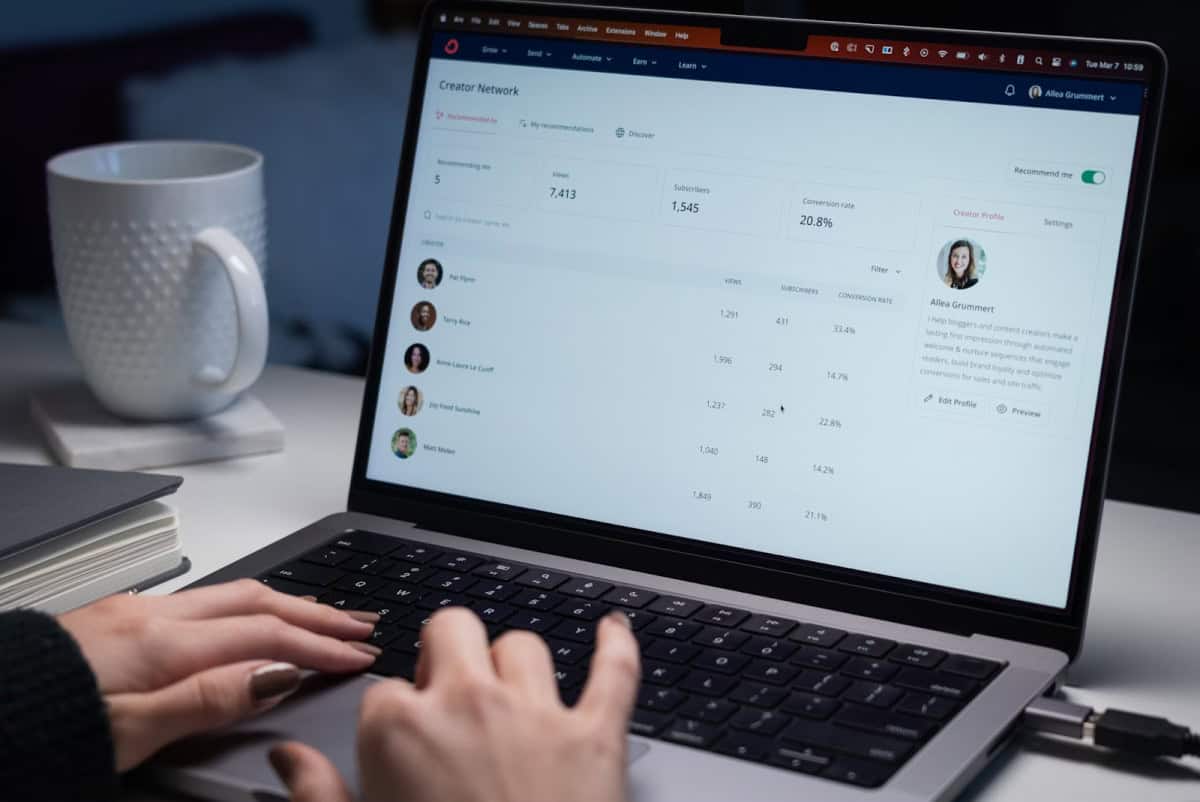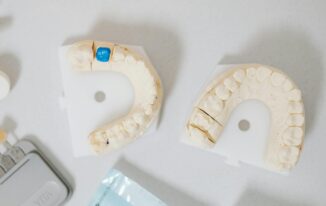Staring at screens has become an unavoidable part of daily life. Whether it’s work, entertainment, or connecting with loved ones, digital devices play an essential role. From eye strain to sleep disturbances, the side effects are real, and it’s important to know how to protect yourself. By incorporating blue light filtering into your digital routine, you can reduce eye fatigue, improve sleep quality, and enhance your overall comfort during screen time.

Blue Light Filtering Glasses
Blue light filtering glasses are specifically designed to block or filter out a portion of the HEV blue light emitted by digital screens. These blue light glasses use special coatings or lenses that selectively absorb blue light wavelengths. The goal is to minimize the impact of blue light on your eyes, reducing fatigue and easing the strain that often accompanies long screen sessions.
If you’re someone who spends hours in front of your laptop or mobile device, blue light glasses could offer you noticeable relief. Wearing these glasses can help keep your eyes more relaxed and improve focus, especially during work or study sessions. It’s a simple yet effective tool for maintaining comfort without having to change your entire routine.
Benefits and Considerations
Besides providing immediate relief from eye strain, blue light glasses can also aid in better sleep quality by minimizing blue light exposure before bedtime. Not all glasses are created equal, though. You should look for lenses with verified blue light blocking percentages and ensure the pair fits comfortably to make a real difference. High-quality lenses may cost more but can be well worth the investment when it comes to your health and productivity.
Software and App-Based Blue Light Filters
Most devices now come equipped with blue light filtering modes. On smartphones, you might find features such as “Night Shift” on iOS or “Night Mode” on Android. These options are easy to enable and adjust based on the time of day. By using warmer tones during evening hours, they reduce blue light exposure without compromising too much on-screen visibility.
These built-in features can automatically adjust the color temperature of your screen in sync with sunrise and sunset. This means your eyes are exposed to less blue light during times when your body needs to relax. Leveraging these settings is a low-effort way to protect yourself, and since they’re already part of your device, they don’t require any additional apps or hardware.
Third-Party Blue Light Filter Applications
If your device doesn’t have a native blue light filtering option, there are third-party applications that do a great job. Apps like f.lux or Iris can be installed on desktops and laptops, providing customizable blue light filtering to suit your preferences. These programs adjust the color temperature of your screen throughout the day, helping reduce eye strain and encourage natural sleep rhythms.
Adjusting Your Environment for Better Eye Health
Sometimes reducing blue light isn’t enough on its own. The way your workspace is arranged can significantly impact eye comfort. Proper lighting, ergonomic positioning of your monitor, and taking regular breaks can all reduce the overall strain on your eyes.
Ensuring that your screen is positioned at arm’s length and just below eye level can help your eyes focus more comfortably. You should also take note of the ambient lighting in your workspace. Overhead lights or desk lamps that mimic natural light are preferable, as they help balance the brightness of your screen with your surroundings, reducing the contrast that contributes to eye strain.
Scheduled Screen Breaks
Blue light filters and glasses can make a significant difference, but taking regular breaks from your devices is just as important. Consider scheduling dedicated breaks during your workday to allow your eyes some respite from prolonged screen exposure. Even stepping away for five minutes each hour can improve eye comfort and reduce the buildup of tension caused by staring at screens.
Digital Detox for Restful Sleep
Limiting screen use before bedtime is particularly helpful in reducing the impact of blue light on your sleep cycle. Exposure to blue light close to bedtime can suppress melatonin production, making it harder for you to fall asleep. Consider implementing a “digital detox” during the hour before you plan to go to bed. This can involve switching off devices entirely or opting for non-screen activities like reading a book or practicing relaxation exercises.
Creating an evening routine that doesn’t revolve around your devices can help you wind down more naturally, improving both the quality and duration of your sleep. If you must use screens, combining blue light filters with reduced brightness can help minimize the impact on your sleep.

Managing blue light exposure is about making smart choices to protect your eyes and overall well-being. Blue light filtering glasses, device settings, third-party apps, and adjusting your physical environment all play a part in creating a more comfortable digital experience. These tools, coupled with mindful practices like taking breaks and minimizing evening screen time, can significantly reduce the negative effects of blue light.



